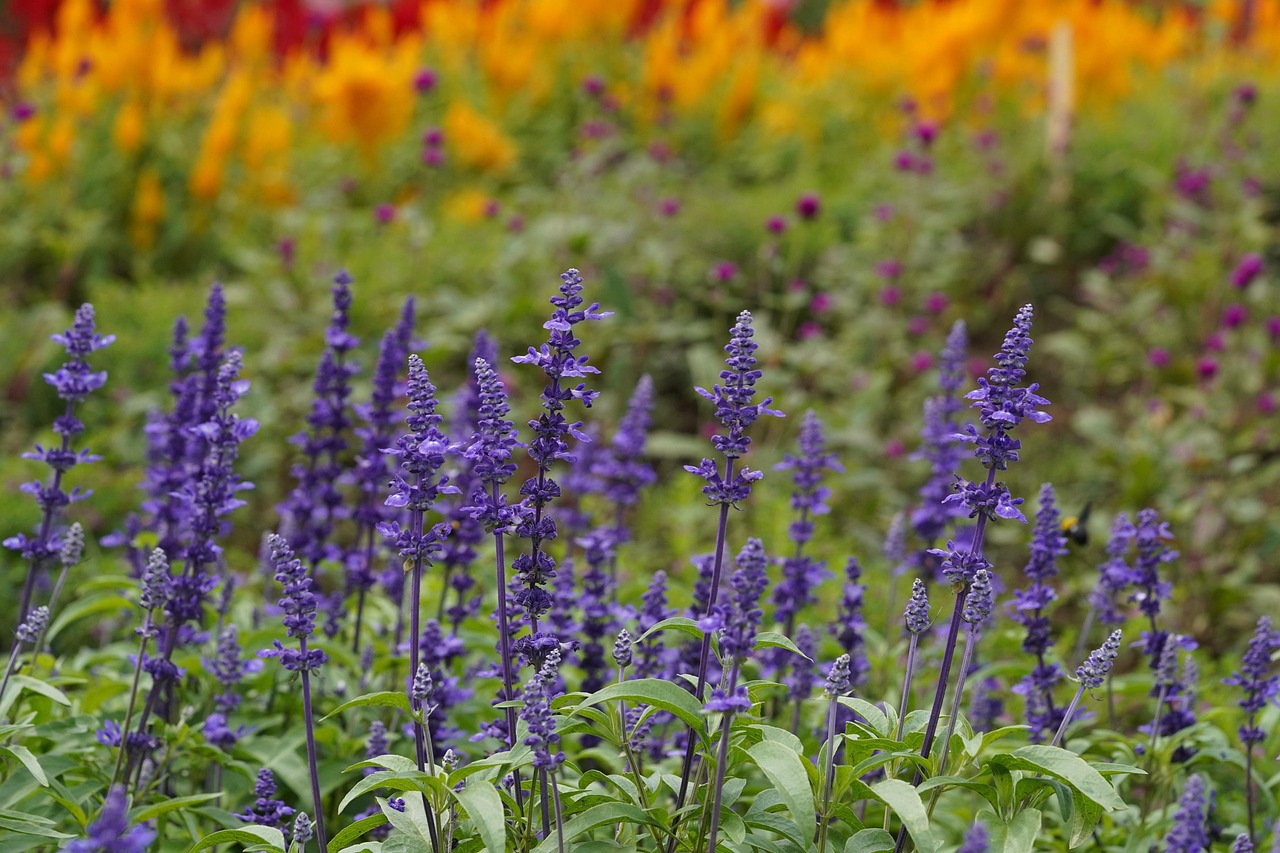Salvia — with its long-lasting blooms and pollinator-friendly charm — is a true star in the garden. But when frost creeps in and winter winds start to bite, many gardeners watch in dismay as their vibrant plants fade.
The truth? Salvia doesn’t have to be a one-season wonder. With the right care, you can carry your plants safely through the cold months and have them burst into color again next spring.
So, how exactly do you overwinter salvia without losing those precious blooms? The answer lies in timing, technique, and a little bit of garden know-how. Let’s walk through a foolproof plan that works for both tender and hardy varieties.

Understanding Your Salvia Before Winter Hits
Not all salvias are created equal. Some varieties can shrug off frost; others wilt at the first sign of cold. Knowing which type you have will determine your overwintering approach.
Tender vs. Hardy Salvia
- Tender salvias (like Salvia splendens, Salvia guaranitica, and Mexican bush sage) are frost-sensitive and often treated as annuals in cold climates.
- Hardy salvias (like Salvia nemorosa, Salvia officinalis, and meadow sage) can survive in-ground in cooler zones, especially with some protection.
Tip: Check your USDA hardiness zone and your salvia’s recommended range before deciding whether to keep it outside or move it indoors.
Step 1 – Time Your Overwintering Efforts
When should you start preparing salvia for winter?
- Before the first hard frost (below 28°F / -2°C).
- Watch your local weather reports — early action is key.
Waiting too long risks frost damage that no amount of care can reverse.
Step 2 – Decide: Bring Indoors or Protect Outdoors?
Your overwintering strategy depends on your salvia’s type and your climate.
Option A: Bringing Salvia Indoors
Perfect for tender salvias or if you want to enjoy blooms through winter.
- Dig with care – Use a garden fork to gently lift the plant, preserving as much root as possible.
- Pot it up – Place in a container slightly larger than the root ball, using fresh, well-draining potting mix.
- Inspect for pests – Check leaves and stems for aphids, whiteflies, or spider mites before bringing it inside.
- Find a sunny spot – A bright south-facing window or under grow lights works best.
Option B: Keeping Salvia Outdoors
Best for hardy varieties in milder climates.
- Cut back spent blooms – This encourages the plant to focus on root health.
- Mulch generously – A 3–4 inch layer of straw, leaves, or compost protects roots from freezing.
- Shelter from wind – Use a garden cloche, frost cloth, or windbreak in exposed areas.
Step 3 – Watering Through Winter
Many gardeners accidentally kill overwintering salvia by overwatering.
General Rule: Keep the soil just slightly moist — not soggy.
- Indoor salvia – Water when the top inch of soil feels dry.
- Outdoor salvia – Water sparingly during dry winter spells, avoiding frozen soil.
Step 4 – Light and Temperature Needs
- Indoors: Salvia thrives in bright, indirect light with temperatures between 55–65°F (13–18°C). Avoid placing pots near radiators or drafty windows.
- Dormant outdoor plants: They need cold protection, but avoid overly warm coverings that trap moisture — this can cause rot.
Step 5 – Pruning for a Strong Spring Comeback
Should you prune before or after winter?
- Tender salvia indoors: Lightly prune before bringing inside to reduce stress.
- Hardy salvia outdoors: Leave some top growth for insulation, then cut back to the base in early spring.
Overwintering Salvia in Pots vs. Ground
In Pots:
- Move pots to an unheated garage, basement, or greenhouse if outdoors isn’t an option.
- Wrap containers in bubble wrap or burlap to protect roots from freezing.
In Ground:
- Mulch deeply.
- Consider adding evergreen boughs or garden fleece over the plant crown for extra insulation.
Common Mistakes to Avoid
- Cutting back too early – This can expose tender growth to frost.
- Overwatering indoors – Leads to root rot.
- Neglecting pest checks – Indoor environments can turn a small infestation into a big problem.
- Forgetting ventilation – Overly covered plants outdoors can develop mold and fungal diseases.
Reviving Salvia in Spring
Once frost danger passes:
- Gradually reintroduce to outdoor conditions – Harden off indoor plants over 7–10 days.
- Feed lightly – Use a balanced fertilizer to encourage new growth.
- Trim away winter damage – This stimulates fresh shoots and more blooms.
Quick Overwintering Checklist
Check regularly for pests.
Identify your salvia type (tender or hardy).
Decide whether to overwinter indoors or outdoors.
Pot up tender varieties before frost.
Mulch hardy varieties generously.
Keep soil slightly moist — never waterlogged.
